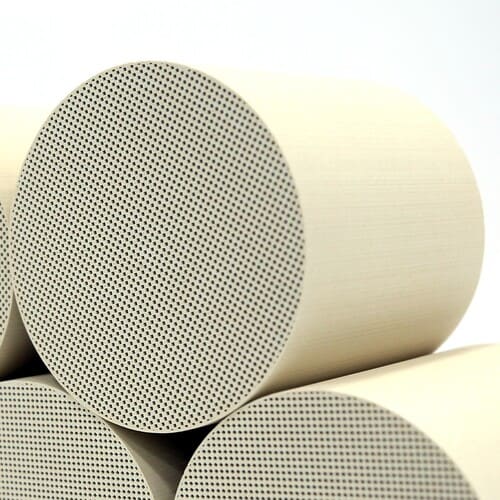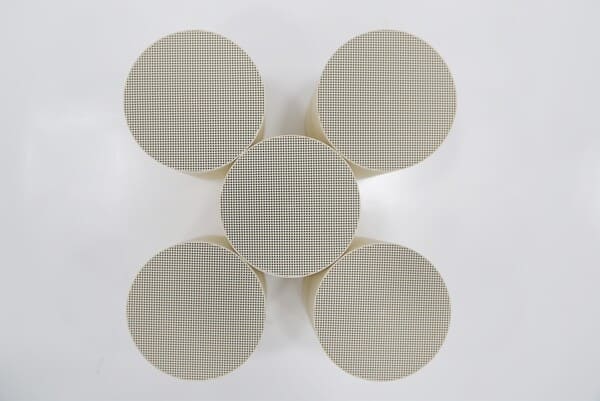As automotive manufacturers venture deeper into the realm of hybrid technology, the challenge of emissions control becomes more intricate. How does the Gasoline Particulate Filter (GPF) fit into this hybrid narrative? And what barriers arise when trying to integrate GPFs into hybrid systems?
Hybrid vehicles, by bridging the gap between internal combustion engines and electric propulsion, present unique challenges for emission control. However, with the integration of GPFs, these vehicles can effectively tackle particulate emissions from gasoline engines. This process, though promising, is not without its set of complexities and concerns.
With an increasing push towards cleaner mobility, understanding the nuances of GPF integration in hybrids becomes crucial for manufacturers, suppliers, and environmental enthusiasts alike.
How do GPFs function within hybrid systems?
GPFs primarily capture fine particulates from gasoline engines. In hybrid vehicles, which operate on both gasoline and electric propulsion, the gasoline engine might not run continuously. When it does, it’s essential that emissions are curtailed effectively. This is where the GPF comes in. Yet, due to varying running conditions of hybrid engines, the regeneration processes of the GPF, which clear out trapped particulates, might need to be adjusted.

What challenges arise in this integration?
- Varying Operating Temperatures: Unlike conventional vehicles, hybrids may have inconsistent engine operating temperatures due to intermittent use of their gasoline engine. This inconsistency can affect the efficiency of the GPF regeneration process.
- Engine Start-ups and Shutdowns: Frequent start-ups and shutdowns in hybrids can lead to incomplete combustion, producing more particulates. A GPF must handle this increased load without getting clogged.
- Battery Space: Hybrid vehicles require space for batteries. This might limit the space available for exhaust after-treatment systems, including the GPF.
- Optimal Positioning: Finding the optimal position for the GPF in the exhaust system can be challenging, given the hybrid’s unique architecture.
So, how are these challenges addressed?
- Adaptive Regeneration Strategy: Manufacturers can employ adaptive regeneration strategies that factor in the varied running conditions of hybrids, ensuring the GPF is cleaned effectively.
- Enhanced Filter Materials: Using advanced filter materials can enhance the GPF’s efficiency, ensuring it captures more particulates even during short engine runs.
- Compact Design: Innovations in GPF design can lead to more compact filters, which can be more easily integrated into hybrids without compromising on battery space.
- Integration with Other Systems: Combining the GPF with other emission control systems can optimize space and functionality. For instance, a combined GPF and three-way catalyst (TWC) can be an effective solution.
What does the future hold for GPFs in hybrids?
As hybrid technology continues to evolve, so will the strategies to integrate GPFs. There’s ongoing research into developing GPFs tailored specifically for hybrid applications. With stricter emission norms coming into play globally, the emphasis on efficient GPF integration will only intensify.
Moreover, with the push towards full electrification, hybrids serve as an essential transitional technology. Ensuring they are as clean as possible, with the help of devices like GPFs, is paramount for a sustainable automotive future.

Conclusion
GPF integration in hybrid vehicles is a promising but challenging endeavor. By understanding the unique obstacles and devising innovative solutions, the automotive industry can ensure that hybrid vehicles not only serve as a bridge to electrification but also as a beacon for cleaner, greener mobility.


